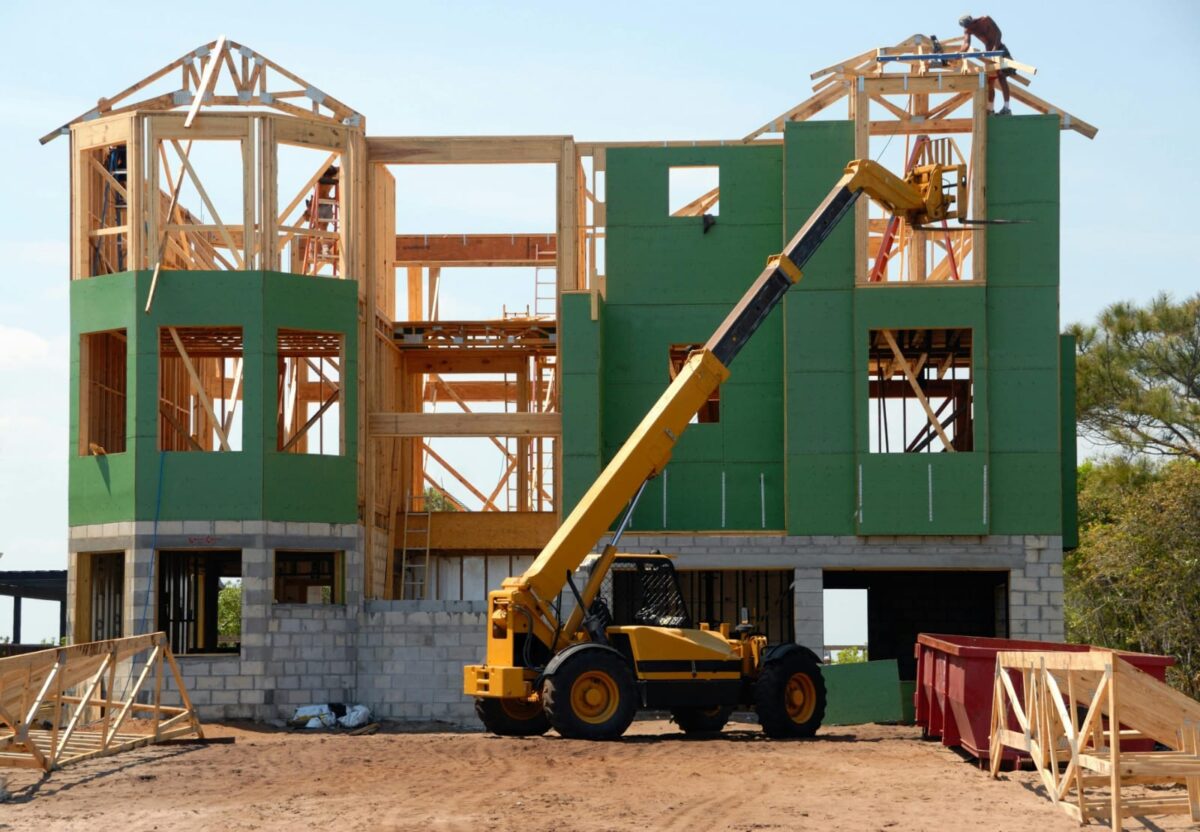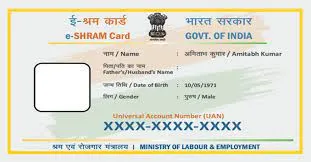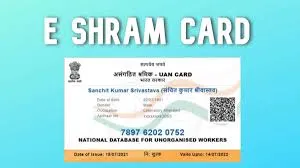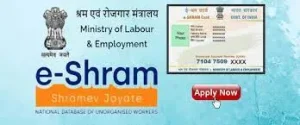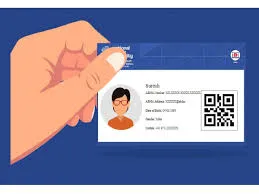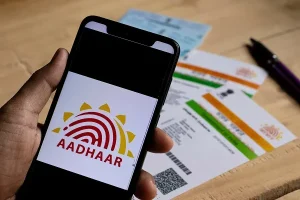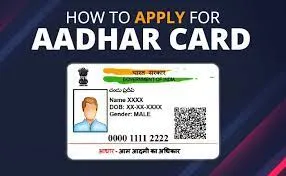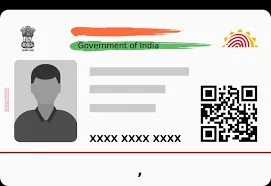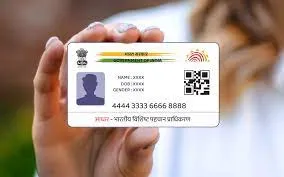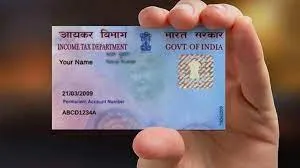Introduction to Real Estate Investing
Real estate investing involves the purchase, ownership, management, rental, or sale of real estate for profit. Real estate investors play a pivotal role in the market, driving transactions, revitalizing communities, and creating wealth through strategic property investments. From residential properties to commercial developments, real estate investors operate across various sectors, utilizing different strategies to achieve their financial goals.
Roles and Responsibilities of a Real Estate Investor
Property Acquisition
One of the primary responsibilities of a real estate investor is to identify and acquire investment properties. This involves conducting market research, analyzing property values, and negotiating favorable purchase agreements. Real estate investors must have a keen eye for identifying undervalued properties with the potential for appreciation or rental income.
Property Management
Once properties are acquired, real estate investors are responsible for managing them effectively. This includes overseeing maintenance and repairs, collecting rent, screening tenants, and ensuring compliance with local housing regulations. Effective property management is essential for maximizing cash flow and preserving the value of investment properties.
Financial Analysis and Due Diligence
Market Research
Real estate investors must stay informed about market trends, economic indicators, and demographic shifts that can impact property values and rental demand. Conducting thorough market research allows investors to identify emerging opportunities and make informed investment decisions.
Financial Modeling
Financial analysis is a crucial aspect of real estate investing, requiring investors to evaluate the potential returns and risks associated with each investment opportunity. Real estate investors utilize financial modeling techniques to calculate metrics such as cash-on-cash return, internal rate of return (IRR), and net present value (NPV) to assess the profitability of investment properties.
Risk Management and Mitigation Strategies
Diversification
Diversification is a key risk management strategy employed by real estate investors to minimize exposure to market fluctuations and mitigate investment risk. By diversifying their portfolios across different property types, locations, and asset classes, investors can spread risk and enhance long-term returns.
Insurance
Insurance plays a vital role in protecting real estate investments against unforeseen events such as property damage, liability claims, or loss of rental income. Real estate investors typically carry various insurance policies, including property insurance, liability insurance, and landlord insurance, to safeguard their assets and mitigate financial losses.
Networking and Relationship Building
Real Estate Agents
Establishing relationships with real estate agents is essential for real estate investors seeking access to off-market deals and investment opportunities. Real estate agents can provide valuable insights into local market conditions, property listings, and potential investment properties, helping investors identify lucrative opportunities.
Contractors and Service Providers
Building a network of contractors, property managers, and service providers is critical for real estate investors to effectively manage their properties and maintain their portfolios. Reliable contractors can handle maintenance and renovation projects, ensuring properties are well-maintained and attractive to tenants or buyers.
Exit Strategies and Portfolio Management
Selling Properties
Real estate investors must develop exit strategies to liquidate their investments and realize profits when market conditions are favorable. Whether through traditional sales, auctions, or wholesale deals, having a clear exit strategy ensures investors can capitalize on investment opportunities and optimize returns.
1031 Exchanges
1031 exchanges allow real estate investors to defer capital gains taxes on the sale of investment properties by reinvesting proceeds into like-kind properties. This tax-deferral strategy enables investors to preserve capital and facilitate portfolio growth by leveraging the equity from one investment property to acquire another.
Skills and Qualities of Successful Real Estate Investors
Analytical Skills
Successful real estate investors possess strong analytical skills, allowing them to evaluate investment opportunities, assess risk, and make data-driven decisions. Analytical skills are essential for conducting financial analysis, market research, and due diligence on investment properties.
Negotiation Skills
Effective negotiation skills are crucial for real estate investors to secure favorable purchase agreements, financing terms, and rental contracts. Negotiation skills enable investors to maximize returns, minimize costs, and navigate complex transactions with confidence.
Common Challenges Faced by Real Estate Investors
Market Volatility
Real estate markets are susceptible to fluctuations in supply and demand, interest rates, and economic conditions, presenting challenges for investors seeking stability and predictability. Market volatility requires investors to adapt to changing conditions, adjust strategies, and mitigate risks to protect their investments.
Tenant Issues
Managing tenants can pose challenges for real estate investors, including late payments, property damage, and tenant disputes. Effective tenant screening, lease agreements, and communication protocols are essential for mitigating tenant issues and maintaining positive landlord-tenant relationships.
Conclusion
In conclusion, real estate investors play a vital role in the dynamic and ever-evolving real estate market. From property acquisition and management to financial analysis and risk mitigation, real estate investors perform a wide range of responsibilities to achieve their investment objectives and build successful portfolios. By honing their skills, leveraging strategic partnerships, and adapting to market conditions, real estate investors can navigate challenges, capitalize on opportunities, and achieve long-term financial success in the rewarding field of real estate investing.
FAQs:
- What are some emerging trends in luxury real estate?
- What is unlocking opportunities: Exploring the world of crowdfunded real estate?



